Tag: camera
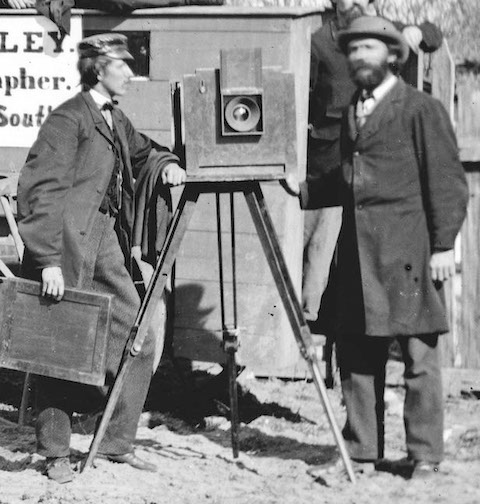 Wikipedia says: A camera is an optical instrument that captures a visual image. At a basic level, cameras are sealed boxes (the camera body) with a small hole (the aperture) that allows light in to capture an image on a light-sensitive surface (usually photographic film). Cameras have various mechanisms to control how the light falls onto the light-sensitive surface. Lenses focus the light entering the camera, and the size of the aperture can be widened or narrowed.
Wikipedia says: A camera is an optical instrument that captures a visual image. At a basic level, cameras are sealed boxes (the camera body) with a small hole (the aperture) that allows light in to capture an image on a light-sensitive surface (usually photographic film). Cameras have various mechanisms to control how the light falls onto the light-sensitive surface. Lenses focus the light entering the camera, and the size of the aperture can be widened or narrowed.
The history of the Camera begins even before the introduction of photography. Cameras evolved from the camera obscura through many generations of photographic technology.
Before the development of the photographic camera, it had been known for hundreds of years that some substances, such as silver salts, darkened when exposed to sunlight. In a series of experiments, published in 1727, the German scientist Johann Heinrich Schulze demonstrated that the darkening of the salts was due to light alone, and not influenced by heat or exposure to air. The Swedish chemist Carl Wilhelm Scheele showed in 1777 that silver chloride was especially susceptible to darkening from light exposure, and that once darkened, it becomes insoluble in an ammonia solution. The first person to use this chemistry to create images was Thomas Wedgwood. To create images, Wedgwood placed items, such as leaves and insect wings, on ceramic pots coated with silver nitrate, and exposed the set-up to light. These images weren’t permanent, however, as Wedgwood didn’t employ a fixing mechanism. He ultimately failed at his goal of using the process to create fixed images created by a camera obscura.
The first permanent photograph of a camera image was made in 1825 by Joseph Nicéphore Niépce using a sliding wooden box camera made by Charles and Vincent Chevalier in Paris. Niépce had been experimenting with ways to fix the images of a camera obscura since 1816. The photograph Niépce succeeded in creating shows the view from his window. It was made using an 8-hour exposure on pewter coated with bitumen. Niépce called his process “heliography”. Niépce corresponded with the inventor Louis-Jacques-Mandé Daguerre, and the pair entered into a partnership to improve the heliographic process. Niépce had experimented further with other chemicals, to improve contrast in his heliographs. Daguerre contributed an improved camera obscura design, but the partnership ended when Niépce died in 1833. Daguerre succeeded in developing a high-contrast and extremely sharp image by exposing on a plate coated with silver iodide, and exposing this plate again to mercury vapor. By 1837, he was able to fix the images with a common salt solution. He called this process Daguerreotype, and tried unsuccessfully for a couple of years to commercialize it. Eventually, with help of the scientist and politician François Arago, the French government acquired Daguerre’s process for public release. In exchange, pensions were provided to Daguerre as well as Niépce’s son, Isidore.
In the 1830s, the English scientist William Henry Fox Talbot independently invented a process to capture camera images using silver salts. Although dismayed that Daguerre had beaten him to the announcement of photography, he submitted on January 31, 1839, a pamphlet to the Royal Institution entitled Some Account of the Art of Photogenic Drawing, which was the first published description of photography. Within two years, Talbot developed a two-step process for creating photographs on paper, which he called calotypes. The calotype process was the first to utilize negative printing, which reverses all values in the reproduction process – black shows up as white and vice versa. Negative printing allows, in principle, an unlimited number of positive prints to be made from the original negative. The Calotype process also introduced the ability for a printmaker to alter the resulting image through retouching of the negative. Calotypes were never as popular or widespread as daguerreotypes, owing mainly to the fact that the latter produced sharper details. However, because daguerreotypes only produce a direct positive print, no duplicates can be made. It is the two-step negative/positive process that formed the basis for modern photography.
The first photographic camera developed for commercial manufacture was a daguerreotype camera, built by Alphonse Giroux in 1839. Giroux signed a contract with Daguerre and Isidore Niépce to produce the cameras in France, with each device and accessories costing 400 francs. The camera was a double-box design, with a landscape lens fitted to the outer box, and a holder for a ground glass focusing screen and image plate on the inner box. By sliding the inner box, objects at various distances could be brought to as sharp a focus as desired. After a satisfactory image had been focused on the screen, the screen was replaced with a sensitized plate. A knurled wheel controlled a copper flap in front of the lens, which functioned as a shutter. The early daguerreotype cameras required long exposure times, which in 1839 could be from 5 to 30 minutes.
After the introduction of the Giroux daguerreotype camera, other manufacturers quickly produced improved variations. Charles Chevalier, who had earlier provided Niépce with lenses, created in 1841 a double-box camera using a half-sized plate for imaging. Chevalier’s camera had a hinged bed, allowing for half of the bed to fold onto the back of the nested box. In addition to having increased portability, the camera had a faster lens, bringing exposure times down to 3 minutes, and a prism at the front of the lens, which allowed the image to be laterally correct. Another French design emerged in 1841, created by Marc Antoine Gaudin. The Nouvel Appareil Gaudin camera had a metal disc with three differently-sized holes mounted on the front of the lens. Rotating to a different hole effectively provided variable f-stops, allowing different amounts of light into the camera. Instead of using nested boxes to focus, the Gaudin camera used nested brass tubes. In Germany, Peter Friedrich Voigtländer designed an all-metal camera with a conical shape that produced circular pictures of about 3 inches in diameter. The distinguishing characteristic of the Voigtländer camera was its use of a lens designed by Joseph Petzval. The f/3.5 Petzval lens was nearly 30 times faster than any other lens of the period, and was the first to be made specifically for portraiture. Its design was the most widely used for portraits until Carl Zeiss introduced the anastigmat lens in 1889.
Within a decade of being introduced in America, 3 general forms of camera were in popular use: the American- or chamfered-box camera, the Robert’s-type camera or “Boston box”, and the Lewis-type camera. The American-box camera had beveled edges at the front and rear, and an opening in the rear where the formed image could be viewed on ground glass. The top of the camera had hinged doors for placing photographic plates. Inside there was one available slot for distant objects, and another slot in the back for close-ups. The lens was focused either by sliding or with a rack and pinion mechanism. The Robert’s-type cameras were similar to the American-box, except for having a knob-fronted worm gear on the front of the camera, which moved the back box for focusing. Many Robert’s-type cameras allowed focusing directly on the lens mount. The third popular daguerreotype camera in America was the Lewis-type, introduced in 1851, which utilized a bellows for focusing. The main body of the Lewis-type camera was mounted on the front box, but the rear section was slotted into the bed for easy sliding. Once focused, a set screw was tightened to hold the rear section in place. Having the bellows in the middle of the body facilitated making a second, in-camera copy of the original image.
Daguerreotype cameras formed images on silvered copper plates and images were only able to develop with mercury vapor. The earliest daguerreotype cameras required several minutes to half an hour to expose images on the plates. By 1840, exposure times were reduced to just a few seconds owing to improvements in the chemical preparation and development processes, and to advances in lens design. American daguerreotypists introduced manufactured plates in mass production, and plate sizes became internationally standardized: whole plate (6.5 x 8.5 inches), three-quarter plate (5.5 x 7 1/8 inches), half plate (4.5 x 5.5 inches), quarter plate (3.25 x 4.25 inches), sixth plate (2.75 x 3.25 inches), and ninth plate (2 x 2.5 inches). Plates were often cut to fit cases and jewelry with circular and oval shapes. Larger plates were produced, with sizes such as 9 x 13 inches (“double-whole” plate), or 13.5 x 16.5 inches (Southworth & Hawes’ plate).
The collodion wet plate process that gradually replaced the daguerreotype during the 1850s required photographers to coat and sensitize thin glass or iron plates shortly before use and expose them in the camera while still wet. Early wet plate cameras were very simple and little different from Daguerreotype cameras, but more sophisticated designs eventually appeared. The Dubroni of 1864 allowed the sensitizing and developing of the plates to be carried out inside the camera itself rather than in a separate darkroom. Other cameras were fitted with multiple lenses for photographing several small portraits on a single larger plate, useful when making cartes de visite. It was during the wet plate era that the use of bellows for focusing became widespread, making the bulkier and less easily adjusted nested box design obsolete.
For many years, exposure times were long enough that the photographer simply removed the lens cap, counted off the number of seconds (or minutes) estimated to be required by the lighting conditions, then replaced the cap. As more sensitive photographic materials became available, cameras began to incorporate mechanical shutter mechanisms that allowed very short and accurately timed exposures to be made.
Showing 1–16 of 17 results
-
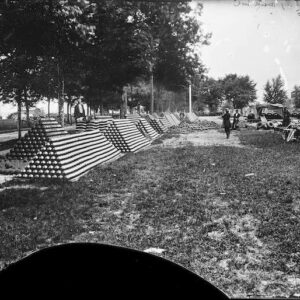
Image ID: AADO
$4.99 This product has multiple variants. The options may be chosen on the product page -
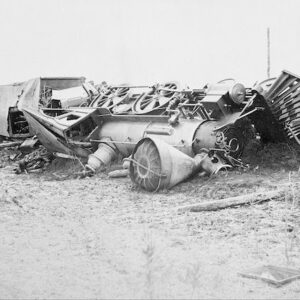
Image ID: AAGL
$3.99 -
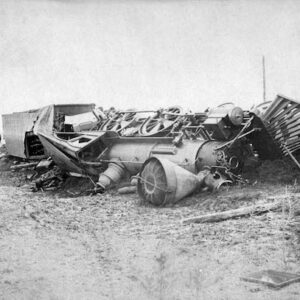
Image ID: AAGM
$7.99 -
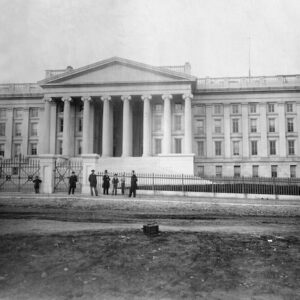
Image ID: AAMN
$6.99 -
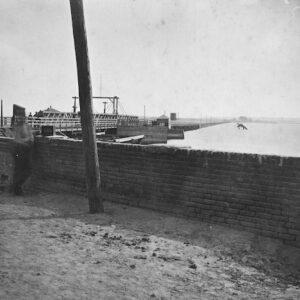
Image ID: AAYD
$5.99 -
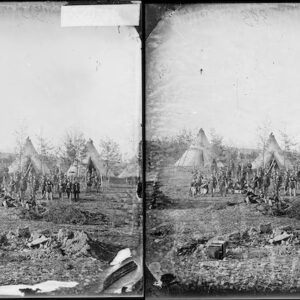
Image ID: AEPT
$3.99 -
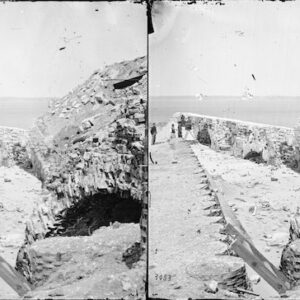
Image ID: AJDS
$6.99 -
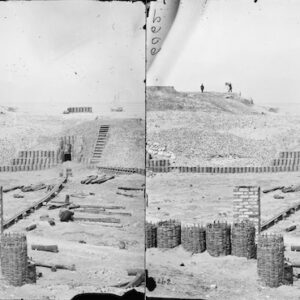
Image ID: AJDT
$6.99 -
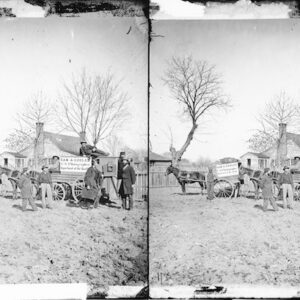
Image ID: AJFJ
$6.99 -
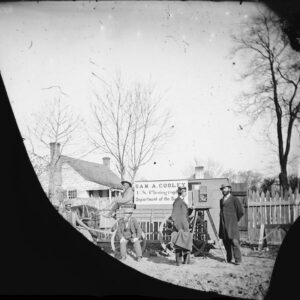
Image ID: AJFK
$5.99 -
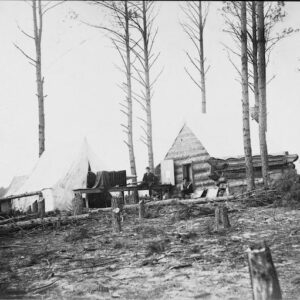
Image ID: AJIB
$6.99 -
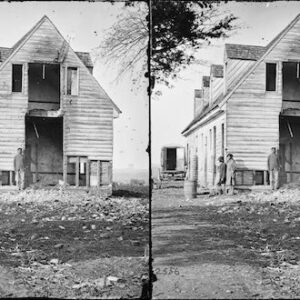
Image ID: AKVB
$6.99 -

Image ID: AKXM
$6.99 -
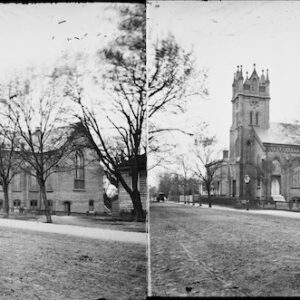
Image ID: AKZO
$6.99 -
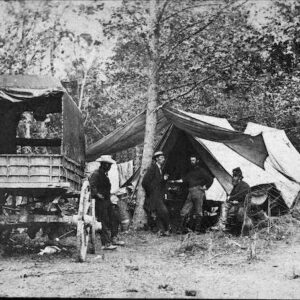
Image ID: AMPF
$4.99 -
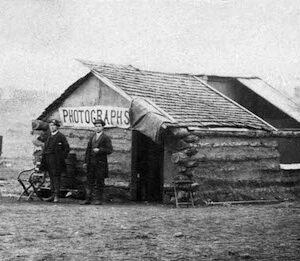
Image ID: ANBJ
$0.99